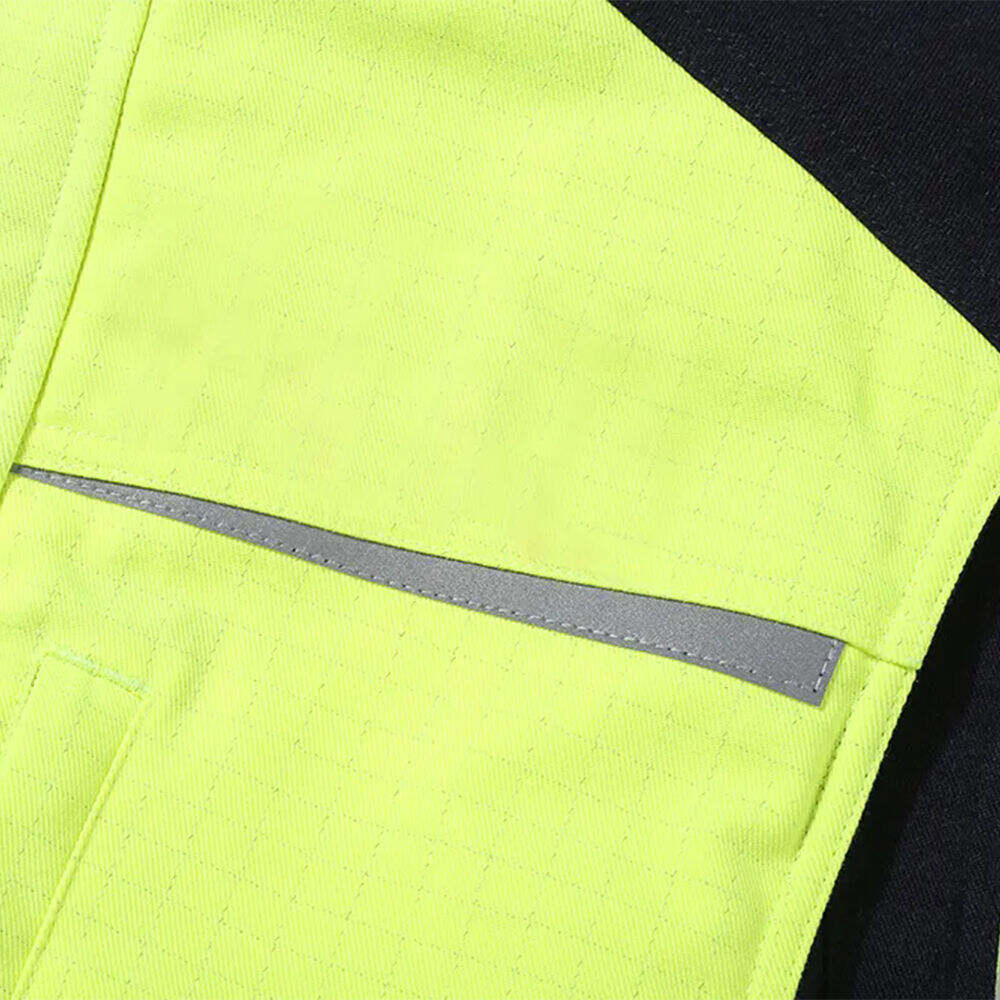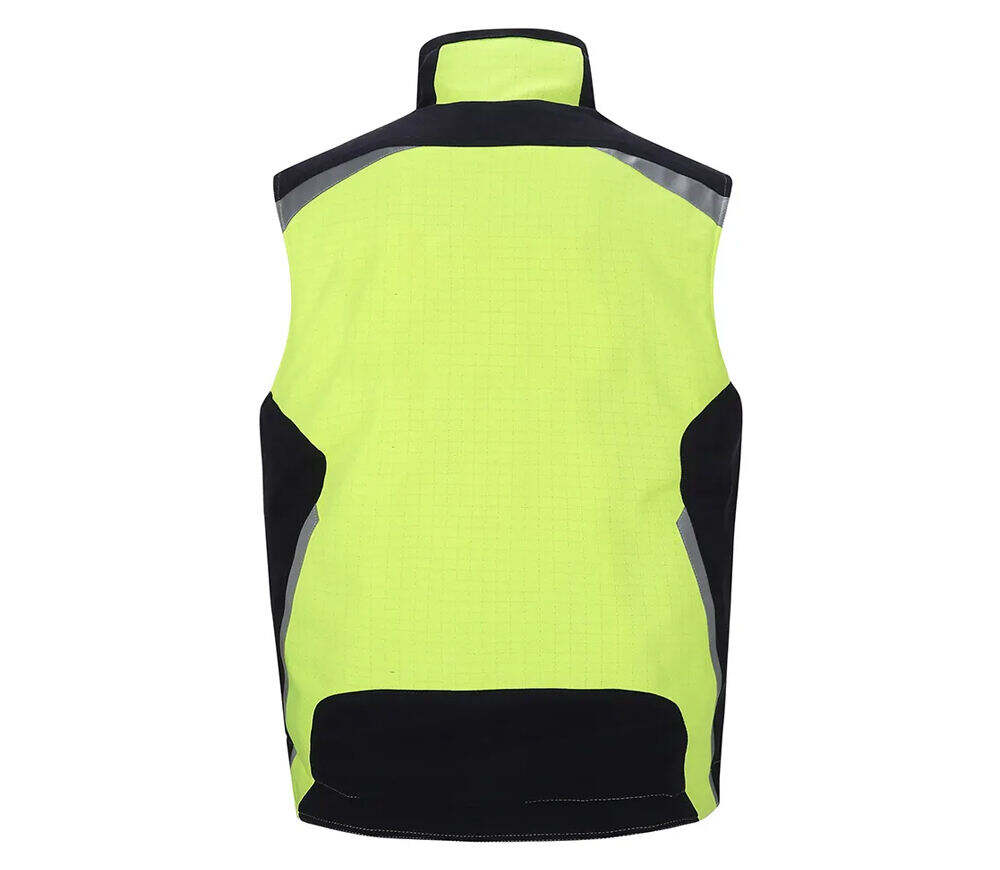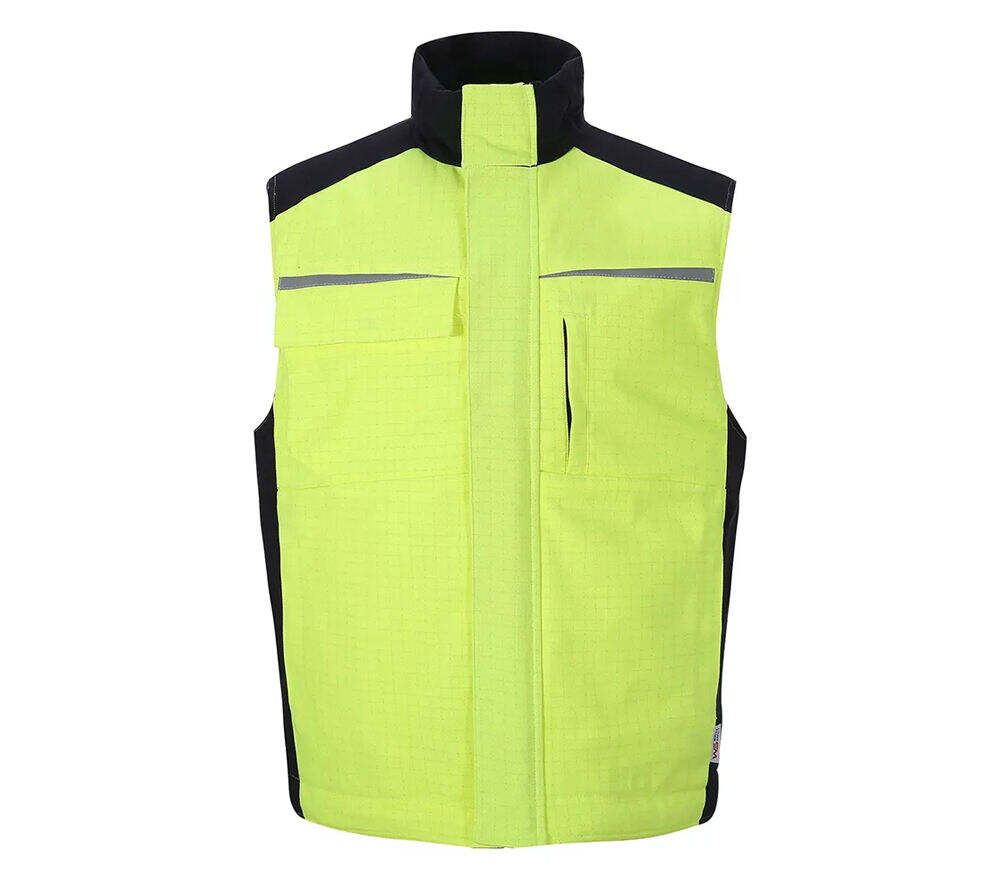안전 의류의 경우 작업 환경과 수행해야 할 작업에 따라 내구성 옵션과 가벼운 옵션 중 선택이 달라질 수 있습니다. 두 종류의 안전 의류 모두 고유한 장점과 단점이 존재합니다.
내구성이 뛰어난 안전 의류는 혹독한 환경과 반복적인 사용에 견딜 수 있도록 설계되었습니다. 일반적으로 중량급 면, 가죽 또는 특수 합성 직물과 같은 두껍고 튼튼한 소재로 만들어집니다. 이러한 소재들은 마모, 찔림 및 찢김에 대해 우수한 저항력을 제공하여 작업자가 거친 표면, 날카로운 물체 또는 무거운 기계에 노출되는 산업에 적합합니다. 예를 들어, 채광 및 건설 산업에서는 작업자들이 도전적인 환경에서의 일상적인 작업 속도와 마모를 견딜 수 있는 안전 의류가 필요합니다. 내구성이 강화된 coveralls은 작업자의 옷을 흙, 기름 및 잠재적 손상으로부터 보호하면서 동시에 경미한 부상에 대한 보호층도 제공할 수 있습니다.
그러나 내구성이 뛰어난 안전 의류의 주요 단점은 무게입니다. 두꺼운 소재가 사용되어 의류가 무겁고 착용하기 불편할 수 있으며 특히 장시간 착용 시 더욱 그렇습니다. 이는 착용자에게 피로와 불편을 초래하여 생산성과 전반적인 복지에 영향을 미칠 수 있습니다. 또한 내구성이 뛰어난 안전 의류는 가벼운 옵션만큼 통기성이 좋지 않아 덥고 습한 환경에서 착용자가 과열될 수 있습니다.
반면, 경량 안전 의류는 편안함과 움직임의 용이성을 우선시하여 설계됩니다. 일반적으로 폴리에스터 혼방이나 메쉬 소재와 같은 더 가볍고 통기성 있는 재료로 만들어집니다. 이러한 재료들은 공기가 더 잘 순환되도록 해서 착용자가 덥더라도 시원하고 편안하게 유지시켜줍니다. 예를 들어, 경량 안전 조끼는 근로자들이 높은 가시성을 필요로 하지만 자유롭게 움직일 필요가 있는 교통 관제나 창고 운영과 같은 산업에서 자주 사용됩니다. 이러한 조끼들의 경량 특성은 장시간 착용해도 과도한 피로를 유발하지 않도록 합니다.
경량 안전 의류의 단점은 내구성입니다. 마모 및 찢어짐에 대한 저항성이 기존의 내구성 있는 제품만큼 뛰어나지 않을 수 있으며, 반복적으로 사용할 경우 더 빠르게 손상될 수 있습니다. 근로자가 보다 극한의 위험에 노출된 산업에서는 경량 안전 의류가 충분한 보호를 제공하지 못할 수도 있습니다.
결론적으로, 내구성과 가벼운 안전 의류 중 선택은 작업장의 위험 요소, 작업의 성격, 그리고 근로자의 편안함 필요에 따라 신중하게 평가되어야 합니다. 일부 경우, 더 위험한 작업에는 내구성이 뛰어난 옵션, 덜 요구되는 작업에는 가벼운 옵션을 사용하는 방식으로 두 유형의 안전 의류를 조합하는 것이 최선의 해결책이 될 수 있습니다.


